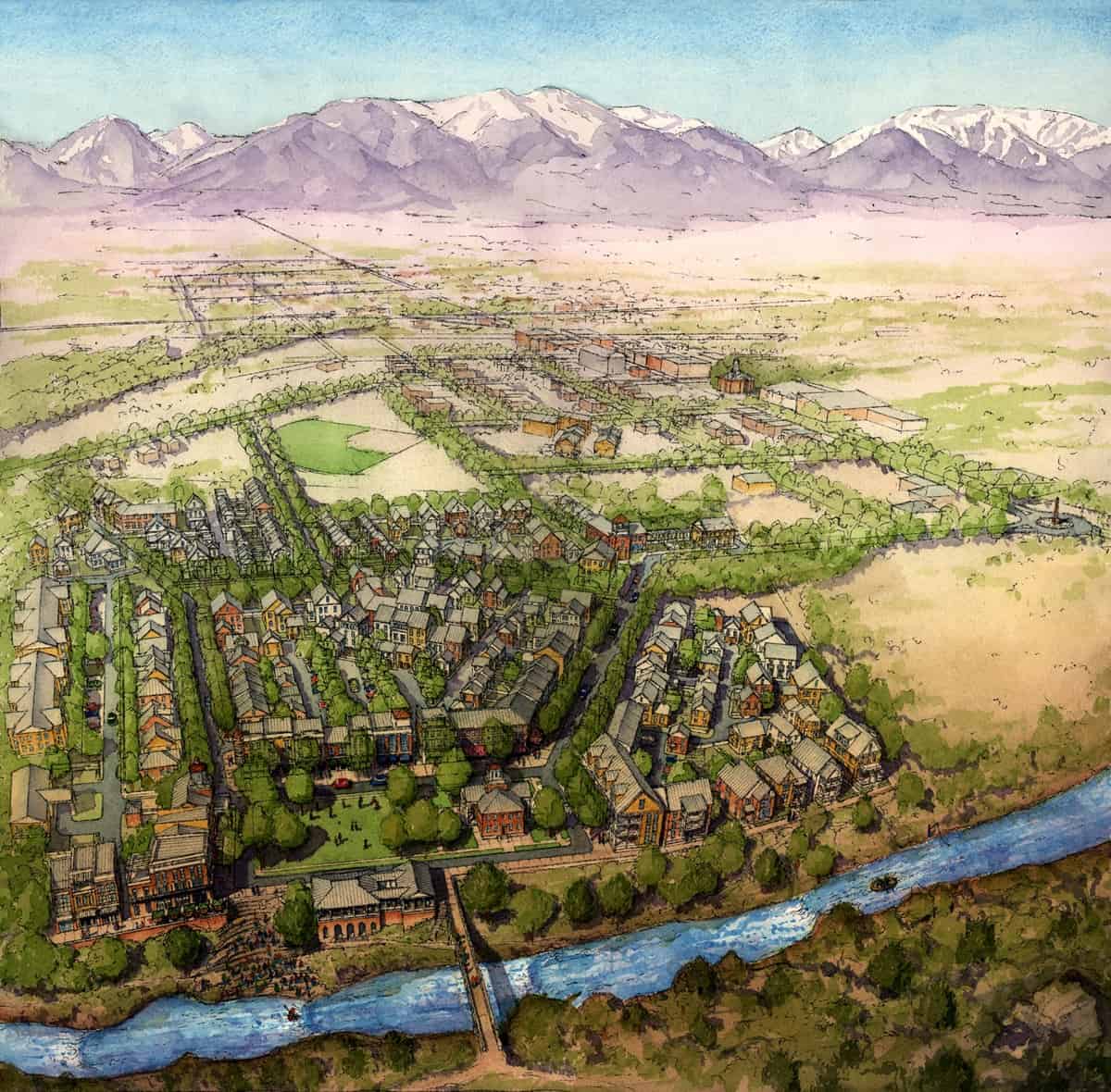
Travis’s post reminds me of this story in the Denver Post business section a few weeks ago, which was deep in my pile of “to be posted.”
Here’s the link to the Post story.
Here’s an excerpt:
BUENA VISTA — Homes within walking distance to shops and restaurants are forecast to drive the housing markets and economies in mountain communities of the interior West as the recession’s effects wane.
That’s according to a recent study of high-country housing trends over the past decade by the Sonoran Institute, a nonprofit public-policy group that advocates for better management of growth in the West. The group’s 60-page study — “Reset, Assessing Future Housing Markets in the Rocky Mountain West” — shows that while homebuyers are willing to pay an average of 18.5 percent more for a house in a walkable mountain neighborhood in the Rocky Mountain West, the supply of homes in or near downtown commercial areas is too small.
“There is growing demand for walkable neighborhoods, and it’s an untapped market opportunity,” said Clark Anderson, director of the Sonoran Institute’s Western Colorado Program.
Looking at homebuying trends in six Western mountain communities from 2000 to 2010, including Eagle, Buena Vista and Carbondale, the group identified a number of trends driving demand for what it called “compact walkable neighborhoods.”
Younger residents are entering the homebuying market and able to work remotely from hamlets formerly occupied by agricultural or service-sector workers. Older people are retiring in the hills and often downsizing. Household incomes are getting smaller and so are household sizes. Limited land supply in recreational mountain valleys is fueling buyer and municipal interest in denser housing projects.
“These are trends that are happening in small communities, large communities, resorts, towns and cities across the Rocky Mountains. Consumer preferences and choices are creating a different-looking housing market from what we have known in the past,” Anderson said.
We are seeing multi story condos being developed in town with retail spaces on the bottom floors. I for one welcome this sort of developement instead of the 5 acre ranchettes sprawling across the valley. It is much easier getting around in winter if you can walk to restaurants, grocery stores, bars, and shops. Our small resort town, McCall, ID has been focusing on installing sidewalks and bike paths and keeping them plowed in winter.
Same in Government Camp, in the Oregon Cascades. Many new condos built in the last decade, all walking distance to town (small though it is), ski shuttles, trails, etc. A land exchange (120 acres of USFS land near town for a much larger ski area to the north) that’s been in the works for years would make space for 100s more condos.
Precisely what I was talking about. Small-town, rural living doesn’t have to mean tract home sprawl. It can mean modestly-sized but relatively-dense town centers with mixed-use planning and pedestrian-friendly design. You know, like small towns used to be.
Travis: What kind of “used to be” small towns are you imagining? River towns, railroad towns, farming communities, sawmill towns, cow towns, mining towns, or what? Please note that most of them have ephemeral histories. Probably the same thing for ski towns and golf course communities, too, at some point.
It’s good to hear that the Forest Service has been engaged in the planning process for Government Camp. Since it is usually in the best interest of national forest resources to discourage sprawl up to the green line, it’s too bad the agency isn’t more often a leader on this issue. (In accordance 219.4(b) and (a)(1)(iv) of the planning rule and its national Open Space Conservation Strategy: http://www.fs.fed.us/openspace/national_strategy.html)
Oddly, the Forest Service traded “pristine” public forest for cutover lands (in favor of commercial development), right as Obama was being inaugurated. Hmmmmmmm. Sounds like political payback, to me!